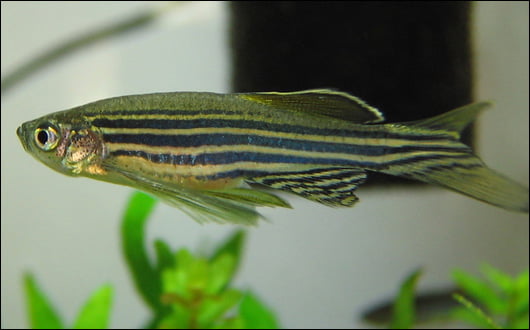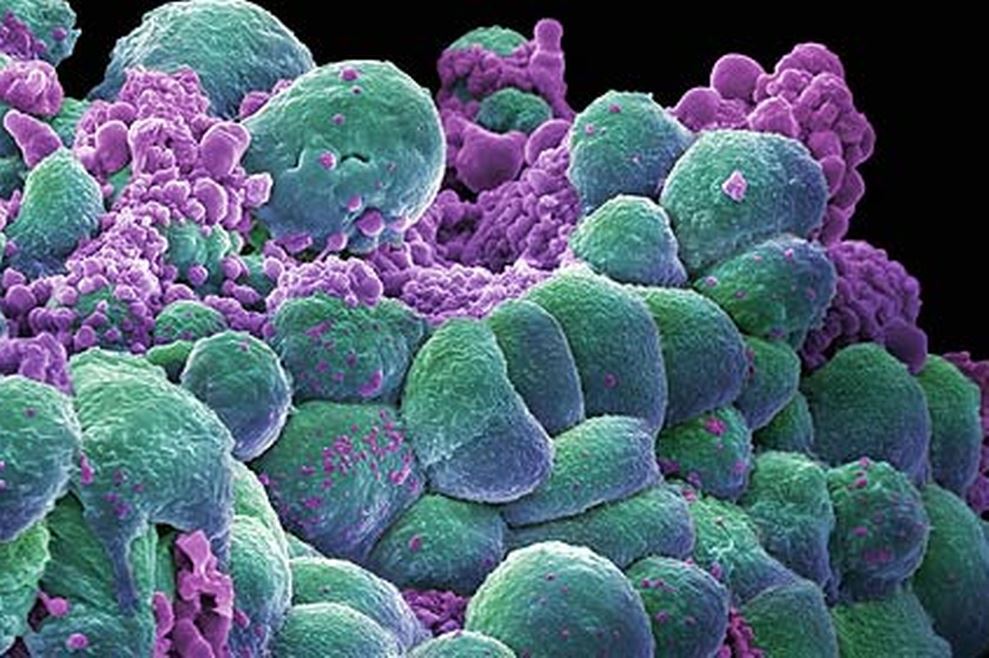The great evolutionary biologist Theodore Dobzhansky famously said that “nothing in biology makes sense except in the light of evolution.” Now Israeli researchers have decided to decode one of humanity’s biggest threats – cancer – based on the laws of evolution.
It all started three years ago, when researchers in Technion Associate Prof. Itai Yanai’s lab invented a new method to accurately analyze gene activity in animal cells. They first applied it to a field that has left biologists puzzled since the 19th century: the evolutionary process, by which every organ and cell in our bodies developed. The lab focused its attention on determining which of the three special cell layers of an animal embryo came first: the layer that becomes its brain (ectoderm), its bones (mesoderm), or its guts (endoderm).
The method they developed, called CEL-Seq, can spy on the activity of every gene within a cell at once. In a paper recently published in the scientific journal ‘Nature,’ Yanai and his colleagues provide compelling evidence that the layer called the endoderm evolved first, followed by the ectoderm layer and finally the mesoderm layer. “We applied this unbelievably powerful tool to figuring out the evolution of the germ layers, a 19th century problem, but it will also be useful in things like cutting-edge cancer research as well,” Yanai said in a written statement.
Understanding how evolution has altered cells in the past can also “reveal to us what is easily changeable and what is not changeable in a cell,” Yanai added. “If a cell goes into a disease state, for instance, we might know more about what we could do to reverse this state, and what might be more difficult to reprogram in the cell.”
SEE ALSO: New Breakthrough In Adoptive Cell Transfer Therapy For Cancer

“Insight into why cancer often recurs”
Yanai’s lab is now starting a project that will apply the new method to better understand the causes for different stages of the same cancer. Dr. Tamar Hashimshony, a researcher in Yanai’s lab and the first author of the ‘Nature’ paper, tells NoCamels that just as individual animals evolve over time, individual cells within an organism also undergo evolutionary pressures. Another project will examine the different types of cells within cancerous growths, including tumors. A clearer picture here may lead to key insights into why cancer often recurs. “We are trying to understand cancer as an evolutionary process,” Hashimshony tells NoCamels.
CEL-Seq – an acronym of C. Elegans, the roundworm commonly used as a model by geneticists, and the word “sequencing” – was invented at the Technion in 2012 by the Yanai lab. It allows researchers to study a sufficient amount of the genetic code being expressed in an animal cell without distorting the information it encodes, or losing track of from which type of cell it originated from. One way to envision the method’s power is to consider a single human cell and the 20,000 genes it contains as a room with 20,000 light switches. According to Yanai, “Each room can have a different mood, because we can turn on or turn off those switches in many different ways. This is why cells with the same genes can have many, many different types of behavior. With this method, we can take a given cell and know the position of every switch—whether it’s on or off–and from this infer what functions are going on.”
Sign up for our free weekly newsletter
Subscribe
Yanai and his colleagues used CEL-Seq to show that genes turned on in the endoderm of a worm embryo are the first to turn on in development, followed by genes turning on in the ectoderm and then mesoderm. They also detected that endoderm genes are older than genes found in the ectoderm and mesoderm.
In their paper, the researchers argue that the endoderm layer dates back to ancient single-celled organisms that banded together to form the first multicellular animals. Endoderm cells kept up their ancestral feeding function in the new animals, which freed up the other cells to evolve into new layers in the animal.
The Yanai lab is now focusing its attention on studying cancer from the evolutionary-developmental biology perspective, where their original research began.
SEE ALSO: Researchers Analyze DNA Of Primitive Centipedes To Shed Light On Evolution
Currently a fellow at the Radcliffe Institute of Advanced Study at Harvard University, Yanai is using the method to study the development of tumors in zebrafish. “For the last ten years I’ve been working on development and evolution, all seen through the eyes of gene expression,” he said, “and I’ve realized that cancer is actually a natural extension of this work since here you also have cells developing and evolving.”
While it remains to be seen in what direction their evolutionary focus on cancer takes them, the next few years could very well see another big splash from Yanai’s team, with findings that could affect the lives of millions around the world.

Photos: Paul Cross, kamujp
Related posts

Israeli Medical Technologies That Could Change The World

Harnessing Our Own Bodies For Side Effect-Free Weight Loss

Missing Protein Could Unlock Treatment For Aggressive Lung Cancer




Facebook comments